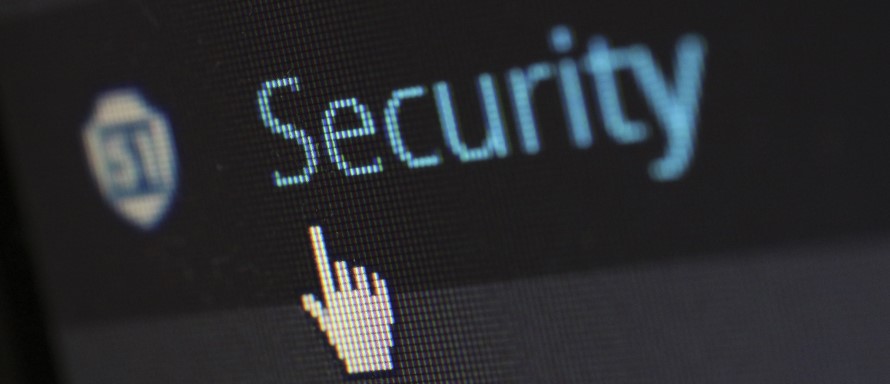Business interruptions, cyber-incidents and the outbreak of the pandemic are the three most significant business risks for 2021 – both in Germany and worldwide. This is the conclusion of the current Allianz Risk Barometer 2021, in which 2700 risk management experts from 92 countries were interviewed. In the survey, 48 per cent of German companies estimate the risk of a cyber-incident to be even greater than the consequences of the pandemic. Due to automated malware campaigns, all participants in a production eco-system are increasingly becoming the target for attackers. Also small and medium-sized partner companies are being attacked more and more frequently. Firstly, in order to damage the large corporations via small and medium-sized companies. Secondly, manufacturing SMEs also possess valuable data that cyber-criminals are targeting. The problem: SMEs are often not sufficiently protected against attacks. There are many security gaps, for example on account of outdated IT systems or because of the increasing networking of devices, machines and systems.
In order to avoid expensive system and production downtimes, serious image losses and repercussions on the entire company and its delivery chains, and to reduce the risk of cyber-attacks to a minimum, cyber-security at SMEs must be completely rethought. Cyber-security should be considered holistically and anchored in culture and strategy. In a first step, business-critical assets – for example patents or customer data – must be identified and evaluated according to business criticality. In a second step, possible weak points are identified and their risk assessed in order then to initiate appropriate measures. On account of the dynamics of the production eco-system, this procedure should be carried out on a regular basis.
In our MHPDeepDive "The Strategic Cyber-Security Roadmap for SMEs", we will examine the current challenges regarding cyber-security in SMEs. We will show you specifically how you can identify assets in your company and evaluate them according to business criticality. Furthermore, you will find out how, with the "MHP and FIR" method, weak points of the assets can be assessed and companies appropriately protected.
What awaits you in our MHPDeepDive:
- We will examine the current challenges regarding cyber-security in small and medium-sized manufacturing companies.
- We will show you what business-critical assets are and how you can identify and evaluate them.
- You will find out how weak points in production can be eliminated and appropriate protective measures can be determined using our "MHP and FIR" method.
Speakers:
- Joel Mahns
Consultant, Operations Performance & Strategy, MHP - Carina Popov
Consultant, Operations Performance & Strategy, MHP - Lars Kaminski
Doctoral student, FIR at the RWTH Aachen
